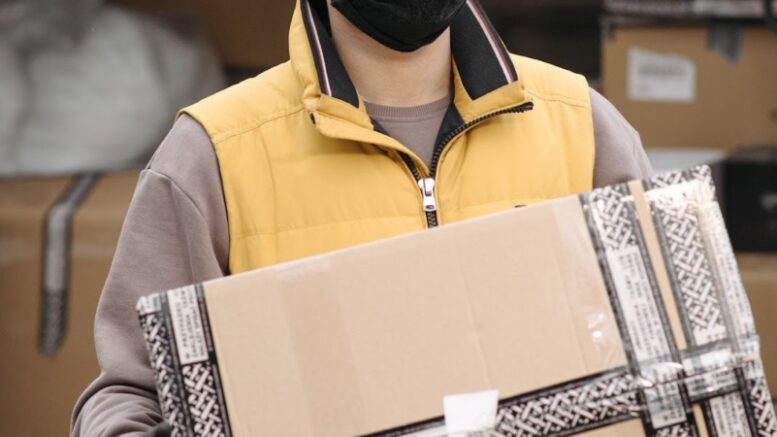The world of logistics has changed beyond recognition over the last decade. Transport and delivery is more efficient and cost-effective than ever, thanks to a range of new technologies and techniques. Among the more noticeable changes has been the rise of the self-employed delivery driver. These people make up an extremely flexible workforce, capable of fulfilling deliveries extremely quickly, and scaling with changes in demand.
The benefits are particularly noticeable in certain industries. In a pharmaceutical context, delivery time really matters. The people who take prescription drugs need a steady supply of them, with any interruptions potentially having major health consequences.
Let’s take a closer look at this trend and see what’s behind it.
How pharmacy delivery drivers work
A delivery driver of this kind isn’t employed by the pharmacy. Instead, they will be a self-employed person on a zero-hour contract. They will need to provide their own vehicle and deal with all the costs associated with owning a vehicle. From the point of view of the vendor, this makes life much simpler: rather than having a complicated payroll, and a fleet of vehicles available for transport, they can simply outsource.
Zero-hours contracts tend to be associated with insecure pay and precarious living circumstances. But there are practical upsides for some workers. When you’re not contracted for hours, you can take the week off when your circumstances demand it – and then make the time up later. It’s now easier to maintain your own car for business purposes than ever before: you can even book your MOT online, saving you time elsewhere in what might be a busy working day.
How the industry responded during the Covid-19 pandemic
When the Covid-19 pandemic was first beginning to bite, and millions of people across the UK were effectively placed under house arrest, medicine delivery became vitally important. But many delivery drivers of this kind do a great deal more than deliver medicine, as we see from delivery driver Shirley Jamieson’s account of her experience.
Drivers can keep an eye on patients, and report sudden deteriorations. They can also point patients in the right direction when problems occur. In some cases, they might even act as voluntary support workers. Remember that many patients who rely on delivered medication are vulnerable and often lonely. Delivery drivers can provide a vital point of human contact.
Which drugs are being delivered?
The drugs being delivered tend to fall into a handful of broad categories. There are painkillers (which you might see labelled ‘analgesics’. These include paracetamol, ibuprofen, codeine and tramadol. There are anticoagulants (blood thinners) which increase clotting time. There are antibiotics, which help to deal with bacterial infection; there are statins, which reduce LDL cholesterol; and there are bronchodilators, which make breathing easier for patients with respiratory problems.
The list of medications is vast, and thus there’s often a particular solution for patients with particular needs. The involvement of the right delivery driver can help to ensure that those needs are fulfilled!
